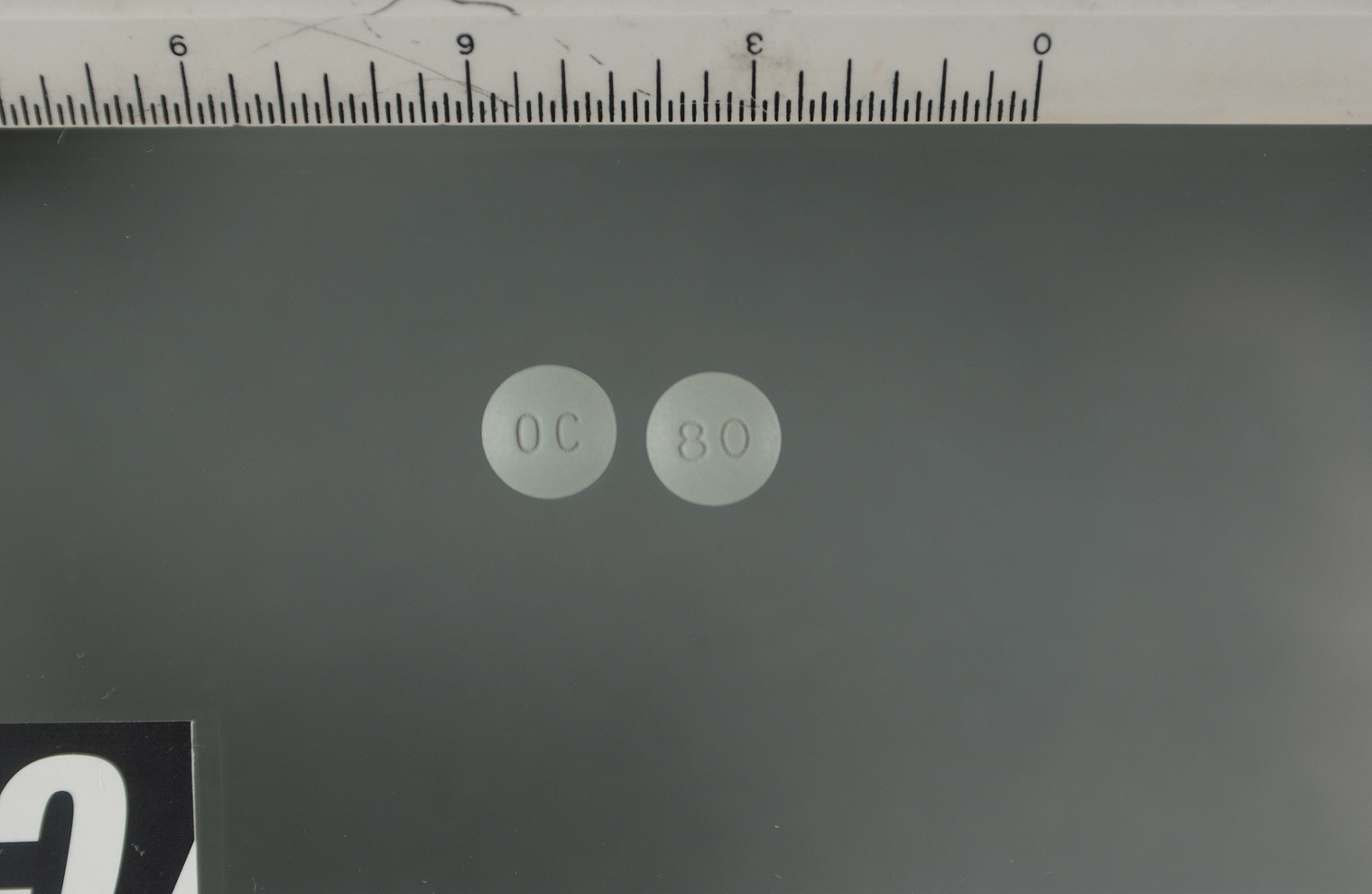Oxycodone is a semi-synthetic narcotic analgesic and historically has been a popular drug of abuse among the  narcotic abusing population.
narcotic abusing population.
What are the street names?
Hillbilly Heroin, Kicker, OC, Ox, Oxy, Perc, Roxy
What does this drug look like?
Oxycodone is marketed alone as OxyContin® in 10, 20, 40 and 80 mg controlled-release tablets and other immediate-release capsules like 5 mg OxyIR®. It is also marketed in combination products with aspirin such as Percodan® or acetaminophen such as Roxicet®.
How is this drug abused?
Oxycodone is abused orally or intravenously. The tablets are crushed and sniffed or dissolved in water and injected. Others heat a tablet that has been placed on a piece of foil then inhale the vapors.
How does this drug affect the mind?
Euphoria and feelings of relaxation are the most common effects of oxycodone on the brain, which explains its high potential for abuse.
How does this drug affect the body?
Physiological effects of oxycodone include: pain relief, sedation, respiratory depression, constipation, papillary constriction, and cough suppression. Extended or chronic use of oxycodone containing acetaminophen may cause severe liver damage.
What drugs cause similar effects?
Drugs that cause similar effects to oxycodone include: opium, codeine, heroin, methadone, hydrocodone, fentanyl, and morphine.
What are the overdose effects?
Overdose effects include: extreme drowsiness, muscle weakness, confusion, cold and clammy skin, pinpoint pupils, shallow breathing, slow heart rate, fainting, coma, and possible death.
What is the legal status in the United States?
Oxycodone products are in Schedule II of the federal Controlled Substances Act of 1970.
What are the common places of origin?
Oxycodone is synthesized from thebaine, a constituent of the poppy plant.